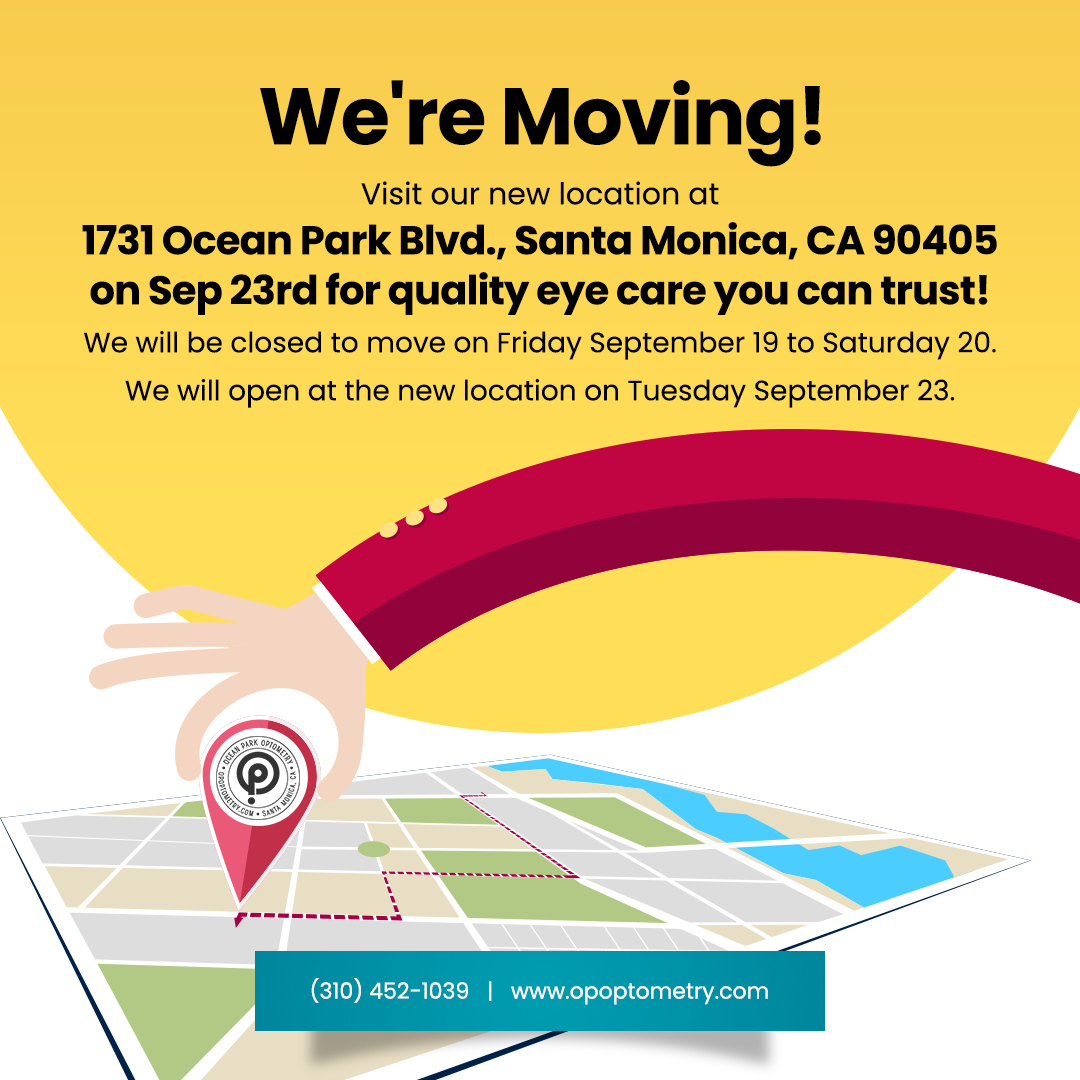
People rely heavily on their sight during everyday activities. If you begin to experience blurred vision, dizziness, headaches, and anxiety when performing certain activities, there is cause for worry.
These symptoms can signify that your eyes are having difficulties working together properly to create clear images. If this happens, you could be suffering from binocular vision dysfunction (BVD). It is vital to find out the symptoms and treatment of BVD.
Binocular Vision Dysfunction
This is a vision condition that occurs following the misalignment of a patient’s eyes. This causes the eyes to struggle to send a single clear picture to the person’s brain. This can affect both children and adults, and it exhibits a wide range of symptoms.
Some often misdiagnose the condition in kids owing to the symptoms it shares with conditions like dyslexia or ADHD/ADD. In most cases, patients end up experiencing anxiety and disorientation. The condition can severely impact the patient’s quality of life.
Causes of Binocular Vision Disorder
Binocular vision dysfunction is often confused with migraines and sinus problems. The condition can develop due to a brain injury, stroke, or other neurological disorders. The condition can manifest in any stage of life, but the symptoms usually develop when the patient is around 40 years old.
Facial asymmetry can be a causal factor for BVD. The eye muscle or nerve abnormality is something that people are born with. Over time, the muscles become weaker as the patient gets older. The muscles overwork, resulting in BVD.
Symptoms of BVD
Several symptoms can indicate that someone has binocular vision dysfunction. The symptoms can often interfere with an individual’s ability to perform basic activities. Daily tasks like reading or driving can become almost impossible.
The symptoms include:
Headaches.
Dizziness.
Light sensitivity.
Eyestrain.
Night glare.
Motion sickness.
Neck, shoulder, and back pain.
Nausea.
Inability to walk straight.
The patient may also experience attention difficulties, tiredness while reading, and loss of concentration.
Diagnosing BVD
It is very important to get a proper diagnosis for BVD. People often misdiagnose the condition due to some of its symptoms that mimic other health conditions. Patients with BVD often have migraines, dyslexia, chronic fatigue syndrome, spinal or neck misalignment, or ADHD.
They may also have panic or anxiety disorders and other conditions. Proper diagnosis will help to ensure that you get the right treatment for the condition.
Treatment of BVD
Several treatment options can help eliminate BVD symptoms. Special optical lenses known as prism lenses can help treat the condition. The prismatic lenses help correct the eye misalignment by manipulating the light before it gets to the eyes. When the two images from the eyes get to the brain, it can fuse them to become a single image. The lenses cause the brain to think that the eyes are in proper alignment.
Another treatment option is vision therapy, which involves a program that helps improve communication between the eyes and the brain. Therapy supports the visual system. It is especially helpful for patients who experience dizziness.
To find out more about symptoms and treatment for binocular vision dysfunction, visit Ocean Park Optometry at our office in Santa Monica, California. You can call (310) 452-1039 today to schedule an appointment.













